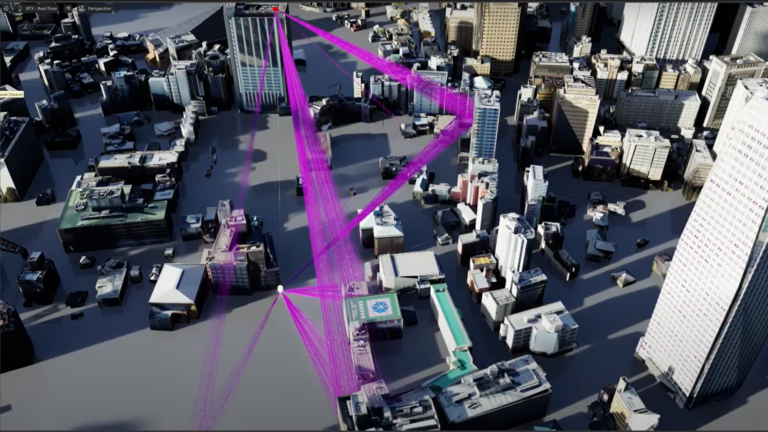 The pace of 6G research and development is picking up as the 5G era crosses the midpoint of the decade-long cellular generation time frame. In this blog post,…
The pace of 6G research and development is picking up as the 5G era crosses the midpoint of the decade-long cellular generation time frame. In this blog post,…
The pace of 6G research and development is picking up as the 5G era crosses the midpoint of the decade-long cellular generation time frame. In this blog post, we highlight how NVIDIA is playing an active role in the emerging 6G field, enabling innovation and fostering collaboration in the industry. NVIDIA is not only delivering AI native 6G tools but is also working with partners and…

 With the rise of chatbots and virtual assistants, customer interactions have evolved to embrace the versatility of voice and text inputs. However, integrating…
With the rise of chatbots and virtual assistants, customer interactions have evolved to embrace the versatility of voice and text inputs. However, integrating… Join Isaac ROS engineers and the founder of Open Navigation to explore the new Nav2 autonomous docking feature.
Join Isaac ROS engineers and the founder of Open Navigation to explore the new Nav2 autonomous docking feature. In this blog post, we continue the series on accelerating vector search using cuVS RAFT. Our previous post in the series introduced IVF-Flat, a fast algorithm…
In this blog post, we continue the series on accelerating vector search using cuVS RAFT. Our previous post in the series introduced IVF-Flat, a fast algorithm… In the first part of the series, we presented an overview of the IVF-PQ algorithm and explained how it builds on top of the IVF-Flat algorithm, using the…
In the first part of the series, we presented an overview of the IVF-PQ algorithm and explained how it builds on top of the IVF-Flat algorithm, using the… Today’s large language models (LLMs) are based on the transformer model architecture introduced in 2017. Since then, rapid advances in AI compute performance…
Today’s large language models (LLMs) are based on the transformer model architecture introduced in 2017. Since then, rapid advances in AI compute performance…